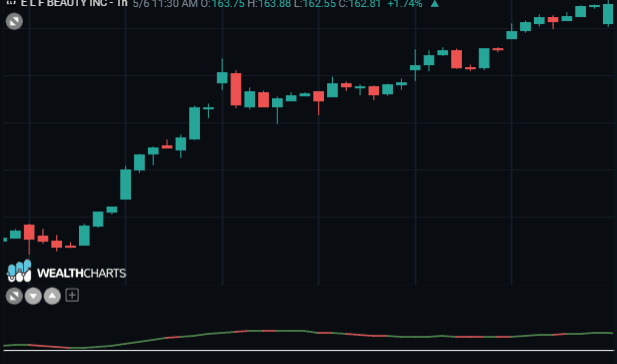Categories
About UsHow to get startedAccount AccessBrokers and TradingScannersResearch ToolsCommunityStocksOptionsFuturesAlertsMobile AppAverage Directional Index (ADX) - Indicator Formula
The ADX, trend indicator, was invented by Welles Wilder with the aim of measuring the strength of a trend, i.e. to more clearly analyze the transition from a trend state to a non-trend state, including congestion and lateral movements.
The Directional Movement cross-references between +DX at 14 days and -DX at 14 days. This can be done by plotting the two indicators on top of each other or by subtracting the +DX from the -DX. Wilder suggests buying when the +DX rises above -DX and selling when the +DX falls below -DX.
Wilder also describes these simple trading rules as the"extreme point rule". This rule has been designed to avoid false signals and reduce the number of purchase/sale transactions. According to the extreme point rule, the day the +DX and -DX intersect, you can see the "extreme point". When the +DX rises above -DX, the extreme price is the maximum price on the day the lines cross. When the +DX falls below the -DX, the "extreme point" is the minimum price of the day the lines meet.
